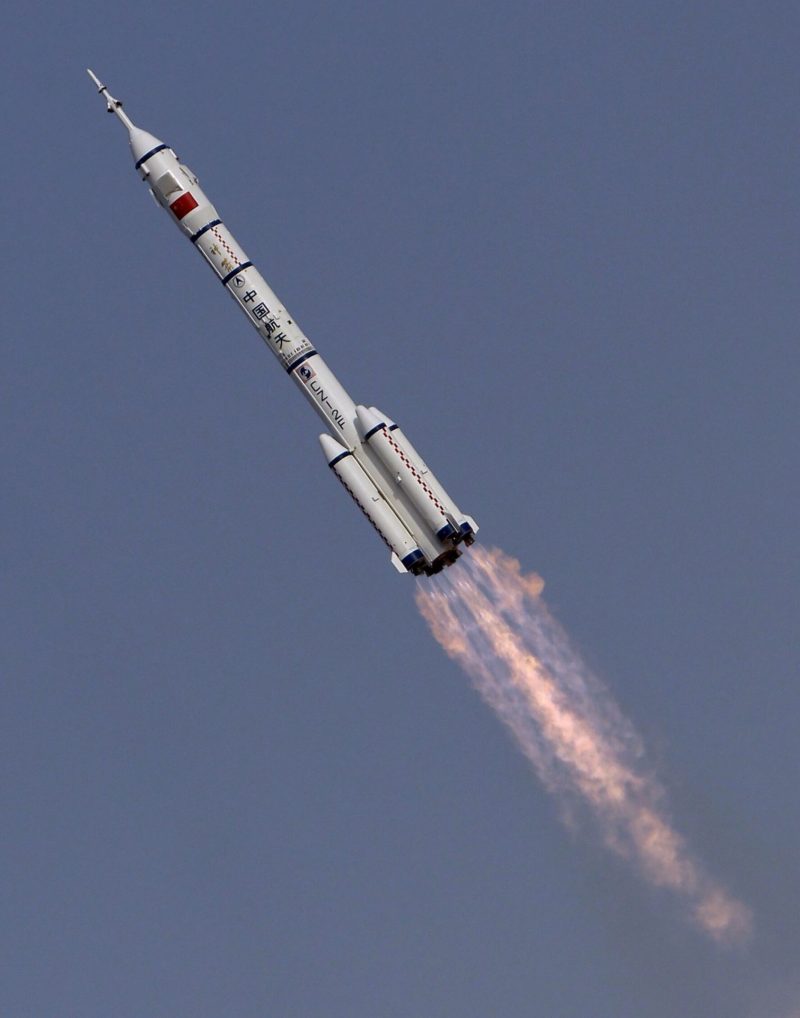Lift Off (Time) (Window)
|
February 19, 2020 – 21:05:00 UTC February 20, 2020 – 05:05:00 CST |
|---|---|
Mission Name and what it is |
We literally don’t know, sorry* |
Launch Provider
|
China Great Wall Industry Corporation (CGWIC) |
Customer
|
We literally don’t know, sorry* |
Rocket |
Long March 2D |
Launch Location |
Xichang Satellite Launch Center (XSLC), People’s Republic of China |
Payload mass |
We literally don’t know, sorry* |
Where are the satellites going? |
We literally don’t know, sorry. Hopefully to orbit at least…. |
Will they be attempting to recover the first stage? |
No – Long March rockets don’t have this capability |
Where will the first stage land? |
It will crash back into the ground – somewhere over China |
Will they be attempting to recover the fairings? |
No |
Are these fairings new? |
Yes |
This will be the: |
|
Where to watch |
China does not live-stream their launches at present |
What’s all this mean?
*Update: the payload was announced after the launch.
China is sending a mystery payload somewhere to space on February 19/20 (depending on your time zone) on one of their Long March 2 rockets. China has several different orbital rocket types, all called Long March, but here we’ll just discuss the Long March 2.
Long March 2 has several sub-variants which we’ll go over here. The Long March 2 range of rockets dates from the early 1970s. Since 1975, the oldest variant of Long March 2 for which much information is available is the LM-2C.
Active versions of Long March 2 rockets include LM-2C, LM-2D, and LM-2F. LM-2C is 40.4 m (132 ft) in length, has a 2.6 m (8.5 ft) or 3.35 m (11 ft) fairing, and can launch 2800 kg (6200 lb) to LEO. LM-2D is 41.1 m (135 ft) in length, has a 3.35 m (11 ft) wide fairing, and can launch up to 3,500 kg (7,700 lb) to LEO, or 1300 kg (2900 lb) to Sun-Synchronous Orbit of 645 km. LM-2F is 62 m (203 ft) in length, has a 3.35 m (11 ft) wide fairing, and can launch up to 8,400 kg (18,500 lb) to LEO. This launch is of a LM-2D rocket, however.
All Long March 2 variants use liquid fuel on each of their core stages and upper stages. For fuel, they use Unsymmetrical Dimethylhydrazine (UDMH), and for oxidiser they use nitrogen tetroxide (NTO) on all main stages for all variants (apart from any solid rocket motors, that is).
On a typical launch profile for the LM-2C, the core booster propels the payload and upper stage to an altitude of 47 km (29 miles) before stage 1 shutdown. The upper stage takes over shortly after stage separation, and the next major milestone is payload fairing separation at 117 km (73 miles) altitude, by which time the vehicle is 352 km (219 miles) down range.
The LM-2F rocket core stage burns for about 2.5 minutes before staging. After stage separation, the upper stage then continues to burn for an additional 5 minutes before shutting down. The LM-2F is man-rated and features four side-mounted solid rocket boosters (as shown in the image above).
So what about the payload?
We literally have NO information on this mission, not even a code name. So, this makes the SpaceX “Zuma” mission less secret than this one! All we can offer is that it’s most likely to be a secret or military payload if nothing has been made public for this flight, and due to the sudden announcement of this flight with about 48 hours’ notice.






How is the Corona outbreak affecting this launch?
Probably not very much. This would have been organised well before the covid-19 outbreak. Might affect individual workers/employees which might hurt productivity somewhat, but heavy lifting (ie funding allocation, mission planning, and design work) was likely already done and it was just a matter of building it and launching it.
The picture of this article doesn’t seem quite right?That picture is Longmarch 2F…